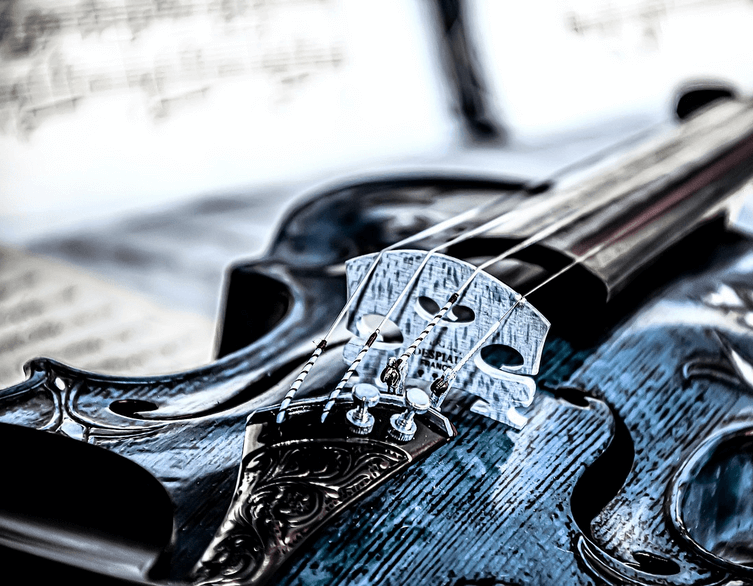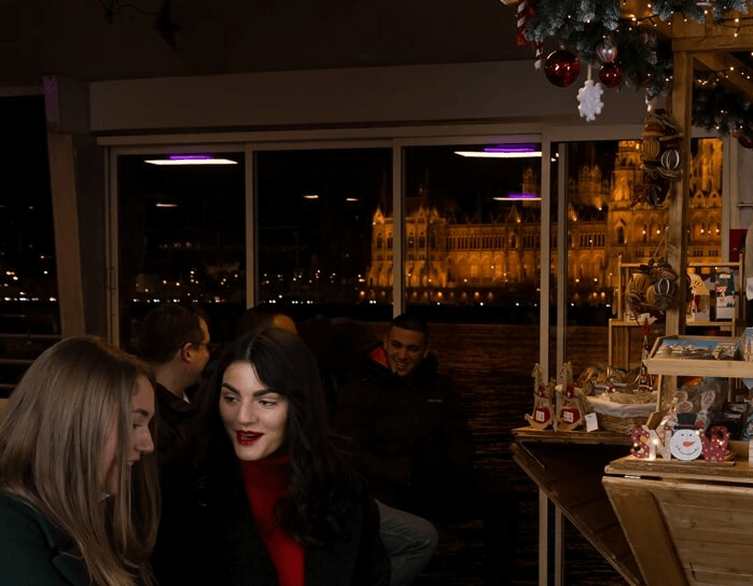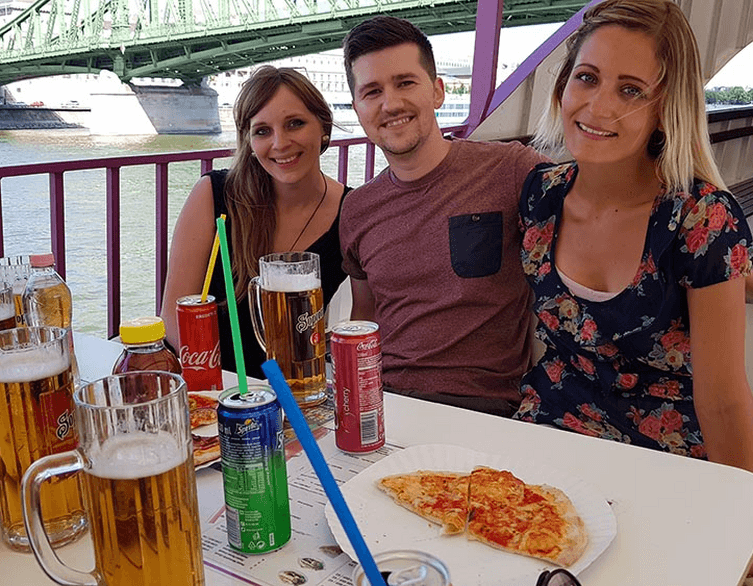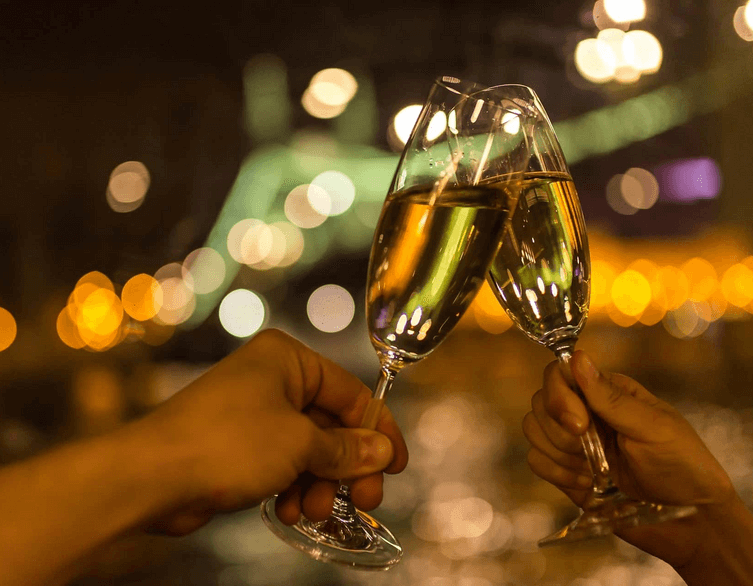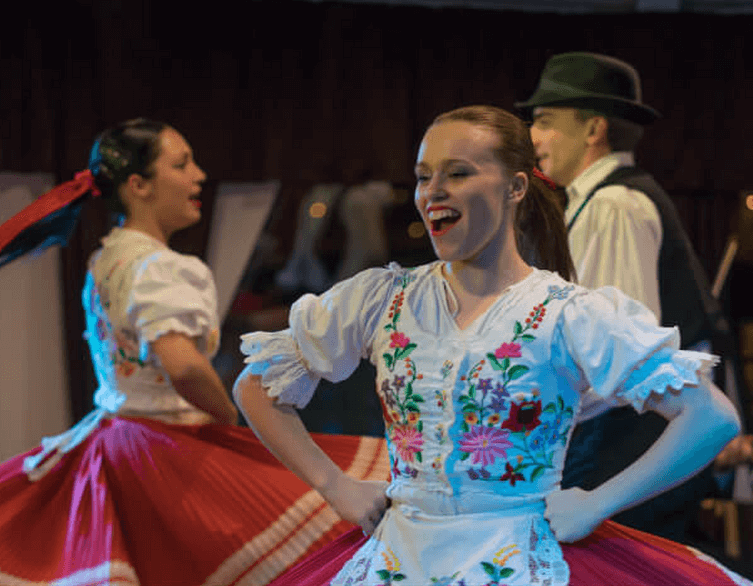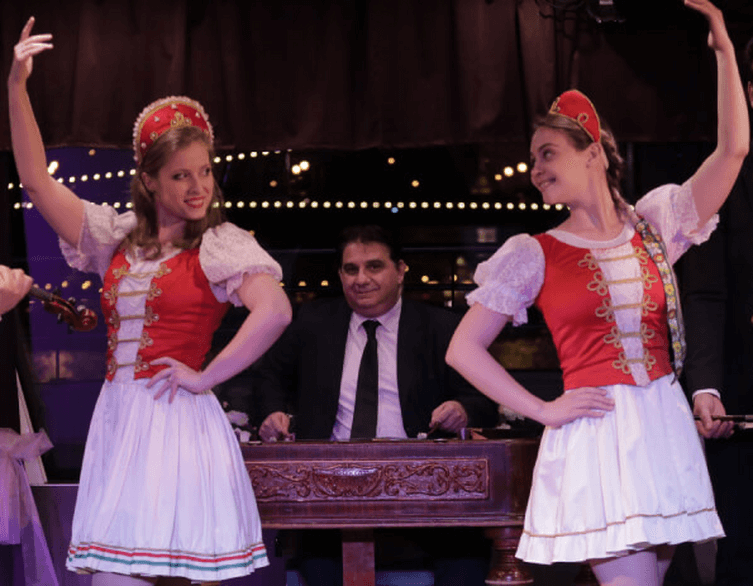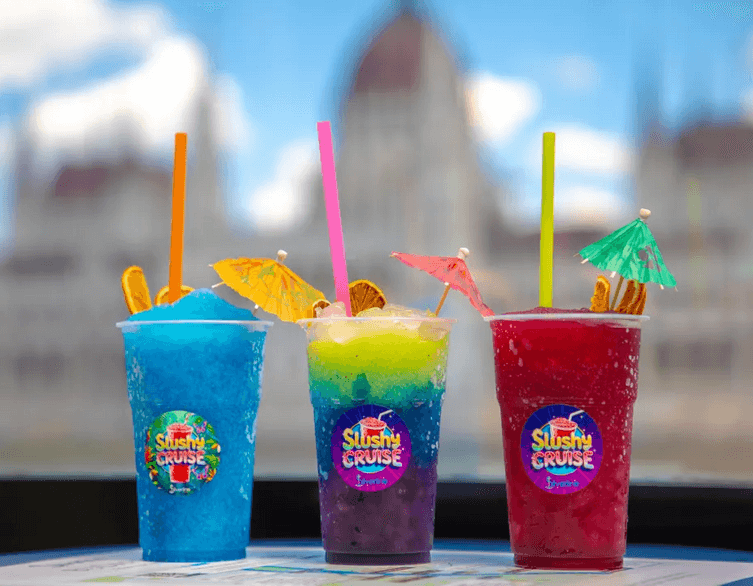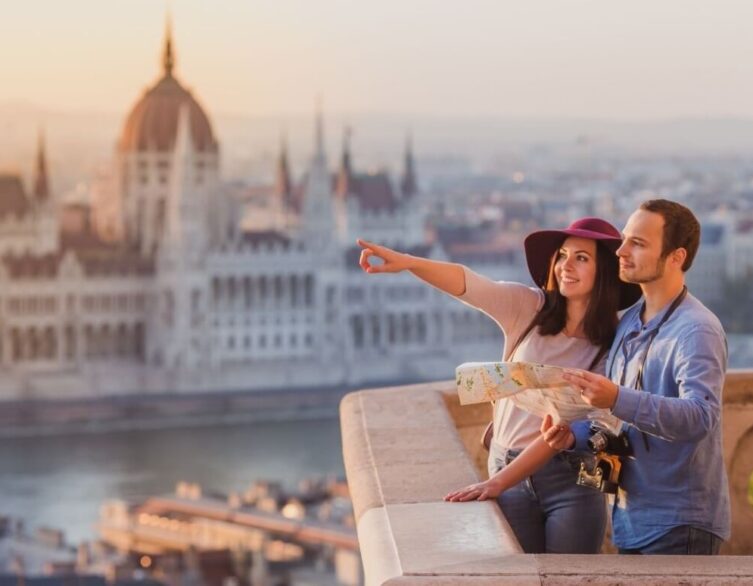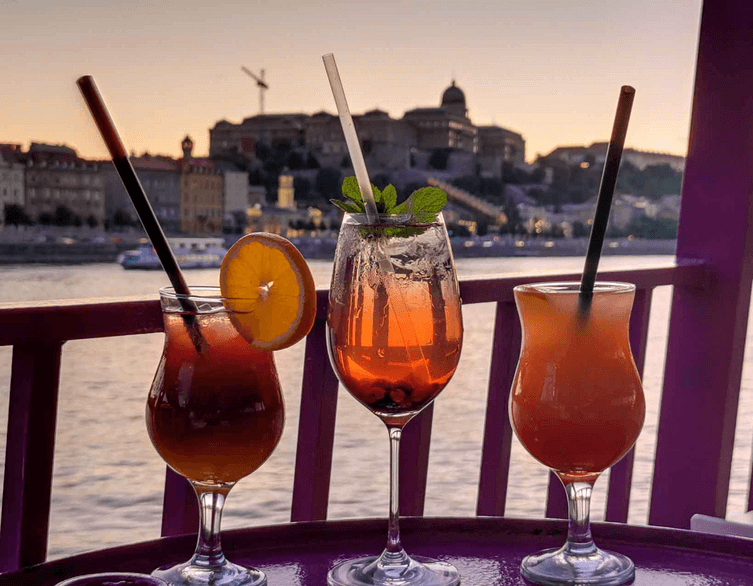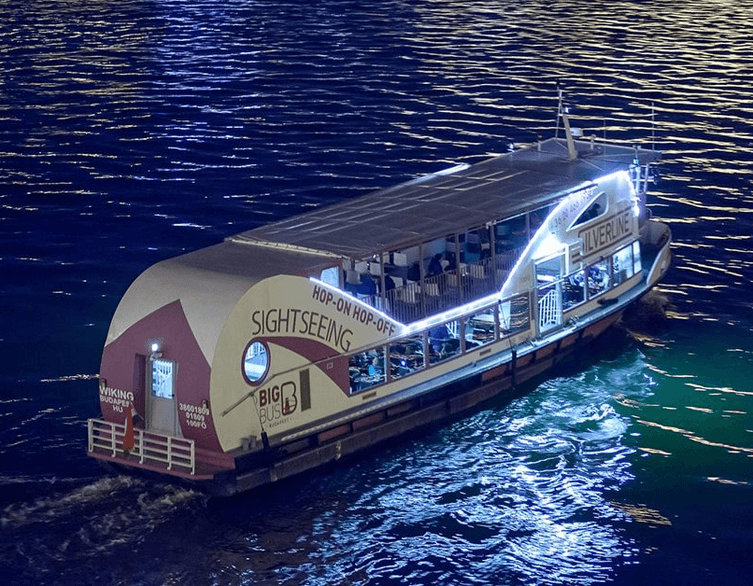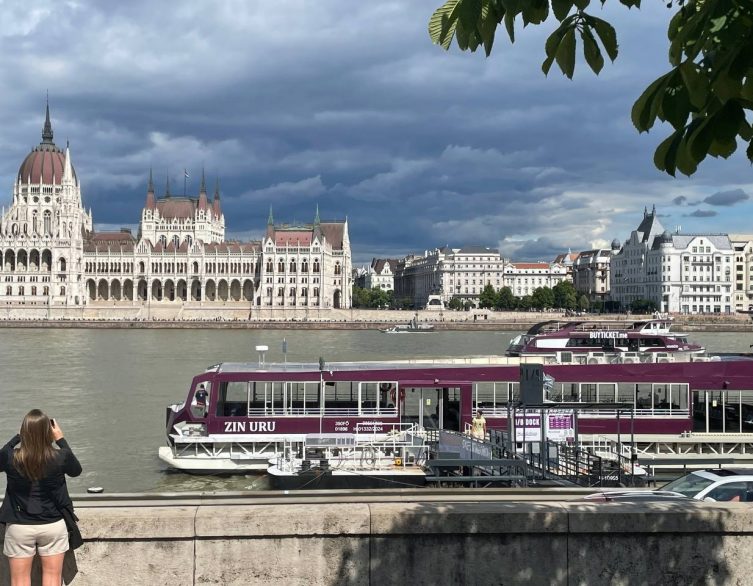Explore the Future of Art: “Real and Artificial Identities” Exhibition at Kiscelli Museum
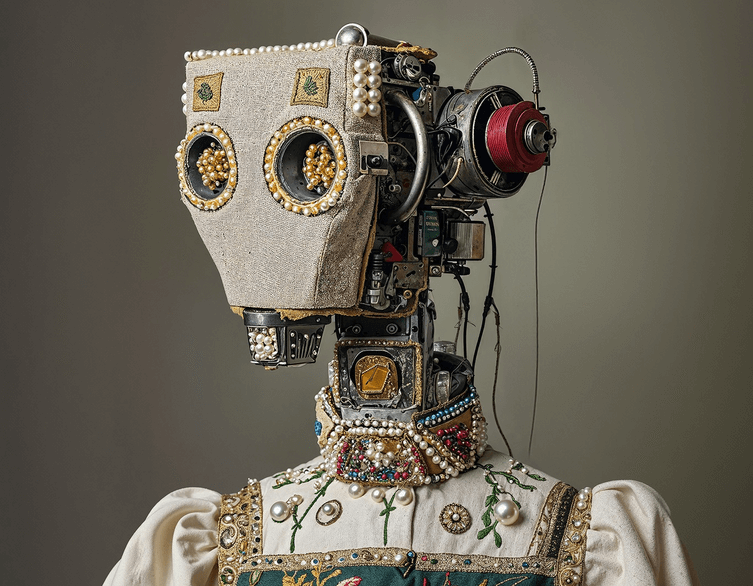
Step into the fascinating world where traditional photography meets cutting-edge artificial intelligence at Budapest’s Kiscelli Museum. The groundbreaking exhibition “Real and Artificial Identities” challenges everything you thought you knew about portrait photography and invites you to question the very nature of reality in our digital age.
A Revolutionary Artistic Journey
This isn’t just another art exhibition – it’s a thought-provoking exploration of how artificial intelligence is reshaping the world of photography and visual arts1. The show examines the intersection between 150 years of photographic tradition and the latest AI technology, presenting works that blur the lines between what’s real and what’s artificially generated.
The exhibition tackles one of the most pressing questions of our time: Are AI-based image creation programs the end of human image-making, or do they herald a new golden age? Through the lens of portrait photography, visitors can explore this complex relationship between human creativity and machine intelligence1.
The Power of Portrait Photography
Portrait photography has always been about capturing human identity and essence. This exhibition takes this classical art form and pushes it into uncharted territory, showing how AI is transforming our understanding of identity representation1. From analog photography to AI-generated portraits, the walls display a stunning spectrum of artistic expression that challenges viewers to reconsider their perceptions of authenticity.
Essential Information
- Exhibition Title: Real and Artificial Identities (Valós és mesterséges identitások)
- Venue: Kiscelli Museum, Budapest
- Duration: Until September 7, 2025
- Opening Hours: Tuesday to Sunday, 10:00 – 18:00
- Part of: Budapest Photo Festival
Featured Artists
The exhibition showcases works by 29 Hungarian artists selected through an open call, including Bodócs Szelina, Gőbölyös Luca, Tombor Zoltán, and many others who represent diverse approaches to AI and photography1.
A Visual Dialogue Between Past and Future
As you walk through the museum, you’ll encounter a carefully curated selection of works that span from traditional analog photography to AI-generated portraits1. The exhibition creates a visual dialogue where real and digitally created faces alternate on the walls, deliberately blurring the boundaries between authentic and artificial worlds.
Thought-Provoking Questions
The exhibition doesn’t just display art – it poses fundamental questions about our digital future:
- What does authenticity mean in an age of AI-generated content?
- How do we distinguish reality from fiction?
- How are biases built into AI systems, and how do they reflect societal stereotypes?
- What does beauty mean when algorithms shape aesthetic norms?1
Interactive Reflection
Each artwork serves as a mirror, reflecting not just artistic vision but also societal concerns about technology’s role in shaping our perception of reality1. The exhibition reveals how AI systems, fed with human-created data, inevitably produce distorted versions of our own world, complete with our prejudices and stereotypes.
Highlights Not to Miss
Contemporary Social Commentary
One of the most compelling aspects is how artists use AI to comment on current social issues. For example, works exploring how image-generating programs automatically assign different ethnicities to “poor” and “rich” children based on stereotypes, revealing the biases embedded in these systems1.
Future Visions
Some artists present dystopian glimpses of 2040, where climate change has dramatically altered living conditions, using AI-enhanced photography to create powerful visual narratives about potential futures1.
Technical Innovation
The exhibition showcases various techniques artists use to collaborate with AI, demonstrating how human creativity and machine intelligence can work together to create entirely new forms of artistic expression1.
Best deals of Budapest
Why This Exhibition Matters
Historical Context
Just as photography once threatened painting but ultimately catalyzed the avant-garde movement, AI now challenges traditional photography while potentially opening new creative possibilities1. The exhibition places current technological developments within this broader historical context of artistic evolution.
Cultural Significance
As part of the Budapest Photo Festival, this exhibition continues the tradition of inviting Hungarian photographers to engage in collective thinking and discourse about contemporary themes1. It represents a crucial moment in documenting how artists respond to technological change.
Global Relevance
The questions raised by this exhibition extend far beyond the art world. In an era where AI-generated images are proliferating at unprecedented speed – more AI images were created in the 18 months following widespread software adoption than in the first 150 years of photography combined – understanding these developments becomes essential for everyone1.
Planning Your Visit
Getting There
Kiscelli Museum is easily accessible by public transportation in Budapest. The museum’s location makes it perfect for combining with other cultural attractions in the city.
What to Expect
Allow at least 1-2 hours to fully appreciate the exhibition. The thoughtful curation and complex themes deserve careful consideration, and many visitors find themselves returning to certain works for deeper contemplation.
Extended Viewing Period
The exhibition has been extended until September 7, 2025, giving you plenty of time to plan your visit and revisit if desired1.
The Broader Cultural Experience
Budapest Photo Festival Connection
This exhibition is part of the larger Budapest Photo Festival, which has been highlighting Hungarian photographers and contemporary themes for years1. Consider exploring other festival events during your visit to get a comprehensive view of contemporary photography in Hungary.
Museum Context
Kiscelli Museum itself is worth exploring beyond this exhibition. The historic building and its permanent collections provide additional context for understanding Hungarian art and culture.
A Window into Tomorrow
This exhibition arrives at a crucial moment when the boundaries between online and offline, real and artificial spaces are permanently blurred, and human and machine intelligence are converging1. It offers visitors a unique opportunity to engage with these changes thoughtfully and critically.
Whether you’re an art enthusiast, technology professional, or simply curious about how AI is changing our world, “Real and Artificial Identities” provides an essential cultural experience that will leave you with more questions than answers – and that’s exactly the point.
The exhibition challenges us to think critically about the tools we’re creating and how they’re reshaping not just art, but our entire understanding of reality, identity, and human creativity. Don’t miss this opportunity to be part of this important cultural conversation while visiting Budapest.

